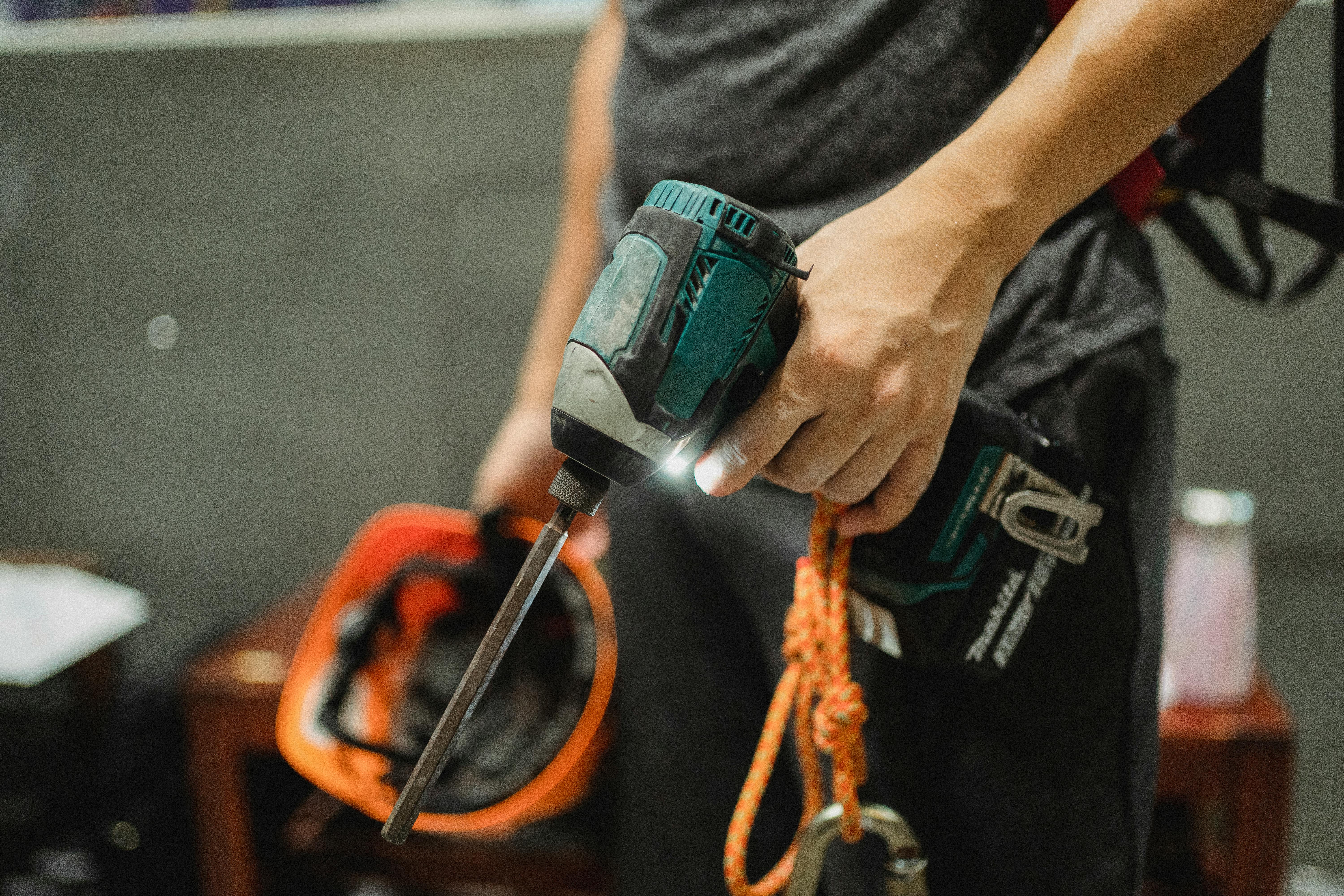Each event you participate in will be quite different; however, by consistently following your own running rules by preparing for them, life will be easier to live. How do you compose this list of guidelines? Hearing what others have done before you combined with some of your own trial and error experiences will be a start.
Take the time to make notes of the similarities of each event you participate in. Look for things like the deadline date or the final registration date. When is payment due, before the event with your registration or at the event? The type and style of the event information package, as well as the participant show packages to be distributed. Manual or online entry systems and who will handle this area. The need to distribute collected information. On-site presence requirements as well as post-event duties. Any ticket or product sales and how they are handled. Are participants allowed to make changes after submitting their entry?
Each of these categories is important in its own right; however, they may not be relevant to each and every event in which you participate. Meet with stakeholders early in the process to determine the importance of some areas versus others. Once you get their input on these topics and more, it will become clear why you need to be mindful and consistent about such things.
- The cutoff date and how payments will be collected are critical areas in how the interested party will finalize the event; take care of the prepayment or equipment deposits and calculate payments or prizes.
- Event Information Packet – This is where the rules are explained. All information related to participation in the event must be provided in this packet.
- Show Package – This package contains the so-called final information and schedule of what will happen at the event.
- Equipment: Everything from walkie-talkies and computers to live animals (also known as stock) must be in place before the event starts. Disasters can occur if the organization and reservation of a piece of equipment has not been included in the planning.
- Entry system: the norm is online, by phone and by mail. A good entry system, regardless of the method, must adhere to the rules that have been established and distributed in the entry package.
- Information Distribution, On-Site Presence, and Post-Event Engagement – Registrars of record often double as show secretaries. Be prepared to participate before, during and after. Some cases may require information to be provided to others to do during the event. Visit with the stakeholders to clarify what is expected of the position at all times.
- Ticketing and Product Sales: These items contribute to revenue and provide targeted information on quantities required for specific areas, such as seating capacity, crowd control, or the number of products needed to fulfill orders.
These are just a few of the required areas that need to be considered in order to be successful in a career as a check-in clerk or exhibit clerk office manager. After you’ve handled a number of events, the rules or guidelines will begin to click and the parameters by which you’ll be successful will begin to flow.


